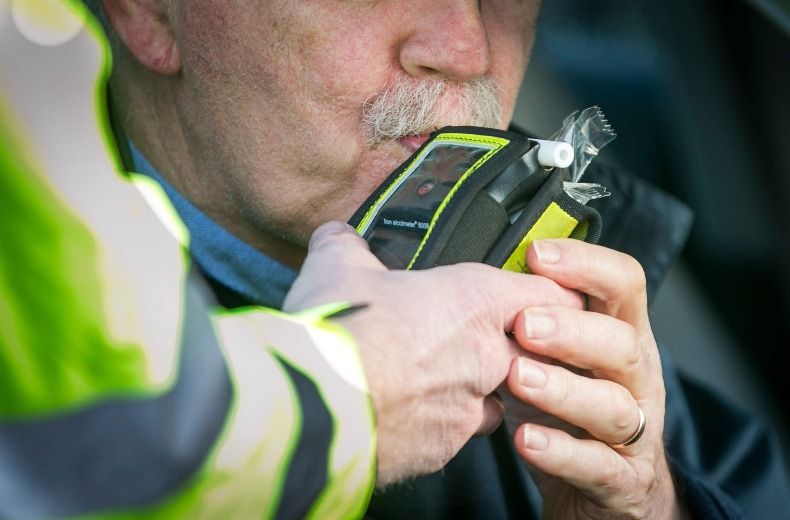Every year, the Driver and Vehicle Licensing Agency highlights the areas where drivers get convicted for being caught over the drink-driving limit.
The 2023 data, requested by MailOnline, showed that Northampton had the highest conviction rate in the UK.
Across the region, where there are more than 511,000 registered drivers, 687 of them were caught over the limit.
This translates to a rate of 13.4 per 10,000 full licence holders.
Llandudno in Wales, alongside Nottingham, Sunderland and Teesside make up the top five.
UK drink-driving hotspots
| Rank | Area | Number of drivers convicted per 10,000 |
|---|---|---|
| 1 | Northampton | 13.4 |
| 2 | Llandudno | 13.1 |
| 3 | Nottingham | 12.3 |
| 4 | Sunderland | 12.1 |
| 5 | Teesside | 11.7 |
| 6 | Wakefield | 11.7 |
| 7 | Durham | 11.5 |
| 8 | Motherwell | 11.5 |
| 9 | Newport | 11.3 |
| 10 | The Western Isles | 11.3 |
RAC research shows that drivers want tougher sentences for offenders
New research from the RAC has shown that tougher sentences are the most popular solution among motorists for combating drink-driving.
According to the findings, 38% of drivers believe stricter penalties are the key to reducing drink-driving incidents, which were responsible for approximately 300 deaths in 2022.
In the RAC Report on Motoring 2024, drivers were asked to choose the three most effective measures from eight options to address drink-driving. The second most popular choice, with 34% of drivers in favour, was lowering the legal blood-alcohol limit to zero. This was closely followed by three other options.
A third of drivers (33%) also supported giving police the authority to immediately disqualify drink-drivers at the roadside. Currently, only courts have the power to impose driving bans, meaning a drink-driver could continue driving until their court appearance.
The RAC's research revealed that 32% of respondents supported the installation of interlocks (also known as 'alcolocks') in vehicles to prevent driving with alcohol in their system. A similar percentage (31%) called for more frequent roadside breathalyser tests.
The study also found a slight increase in the number of motorists admitting to drink-driving in the past 12 months, rising from 7% in 2023 to 8% this year. However, this figure remains significantly lower than the 19% recorded before the pandemic in 2018 and 2019.
RAC road safety spokesman Rod Dennis said: “It’s clear motorists want to see something done differently to tackle the scourge of drink-driving which is still responsible for the loss of far too many lives every year.
“Shockingly, government data shows we’re back to a similar rate of fatalities caused by people drinking and driving as we were in the late 1980s and that a significant number of drink-drive offences are committed by reoffenders.
“As well as support for immediate roadside bans and tougher sentences, our research reveals there is considerable backing from drivers for fitting alcolocks which stop someone over the limit from starting a car. Those who have been convicted of drink-driving need to be prevented from being able to reoffend. Enforcement is also key as drivers need to know there is a good chance of being caught if they decide to drive after drinking too much.”

Cheaper than AA or we’ll beat by 20%^
• Roadside cover from £5.49 a month*
• We get to most breakdowns in 60 mins or less
• Our patrols fix 4/5 breakdowns on the spot











